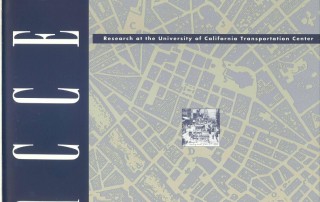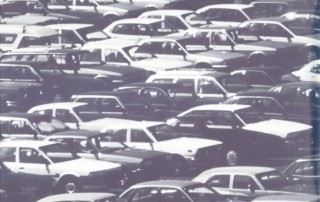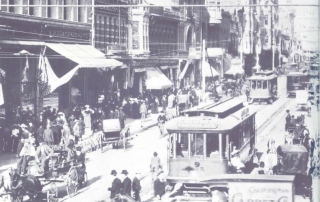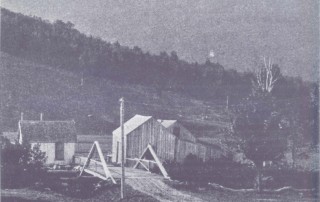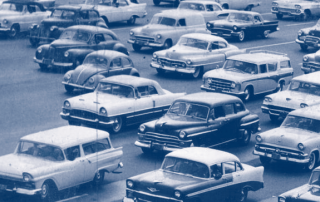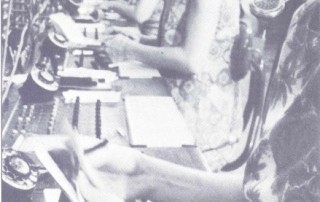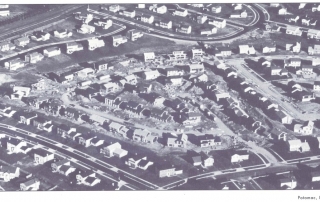ACCESS 02, Spring 1993
Preface
Melvin M. Webber
The first issue of ACCESS seems to have been well received, so we're pleased to continue these summaries of our research. Paralleling the spurt of work on new transportation technology, there's been renewed attention to institutional means for improving the nation's transport system. We focus here on several such fiscal and organizational tools for decreasing solo driving, increasing transit riding, and thereby reducing highway congestion, air pollution, and energy consumption.

